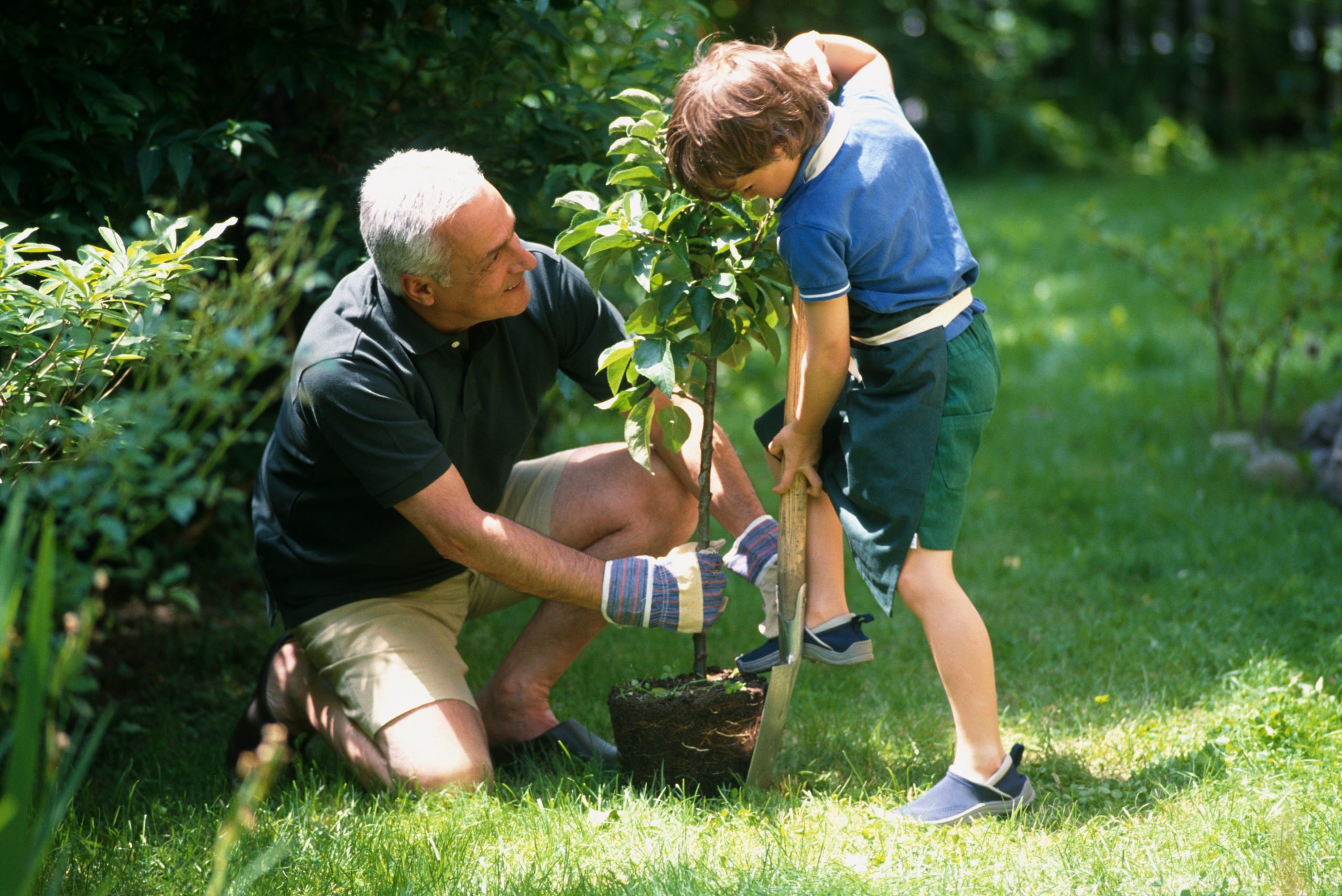The point of having a yard is to enjoy outdoor living space, not spend your weekends laboring over its upkeep. Between mowing the lawn, weeding flower beds and watering plants, maintaining beautiful landscaping can often feel like a full-time job. The good news is with careful planning and the right choices, you can create a low-work yard that still looks stunning. Here are five practical tips to help you achieve this goal.
1. Ditch the Natural Grass Lawn
Unless you have young kids or pets that enjoy rolling in the grass, you’re under no obligation to have a lawn. While it’s true that lush greenery looks stunning and can potentially increase your property value, the time and labor requirements can be overwhelming.
Consider replacing grassy areas with low-maintenance surfaces like natural stone or artificial turf to avoid the need for ongoing tasks like mulching, fertilizing and mowing.
2. Choose Native Plants
Opt for species endemic to the area you want to grow shrubs and flowers. Native plants are suited to their local environmental conditions, making them more resilient and easier to maintain.
They typically require reduced irrigation and fewer fertilizer applications, making them the ideal choice for low-work landscaping. For example, native species in Washington, like bleeding hearts, are used to the state’s wet winters and dry summers, overall reducing maintenance efforts.
3. Implement Yard Grading
You likely have your hands full dealing with a soggy or waterlogged yard if you live in an area with above-average rainfall. Grading the space is essential to preventing these issues and protecting your property’s foundation.
Incorporating gentle slopes in your yard ensures water runoff goes to a designated collection area rather than seeping into the ground below. Experts recommend creating an incline between 3% and 25% to maximize natural drainage and avert costly issues.
4. Opt for Perennials Over Annuals
Perennials return year after year, reducing the need to replant them each season. While they may cost more to cultivate than annuals initially, their longevity makes them more economical and easier to maintain in the long run.
The most important considerations for growing perennials include soil quality, fertilization and seasonal care requirements. Generally, you want your garden soil to have between 6.0 and 7.0 pH levels for optimal year-round growth. Adjust the acidity or alkaline levels according to the plant type. For example, blueberries are perennials that prefer slightly acidic conditions.
5. Embrace Natural Pest Control
Ridding your yard of pests is a necessary yet time-consuming task. Using harsh chemicals is not advisable, given the health and environmental repercussions. Consider using natural pest control measures like companion planting to deter bug infestations in your outdoor space. For instance, planting French marigolds around your garden can effectively keep out nematodes and other animals like rabbits and deer.
Alternatively, you can cultivate plants that attract beneficial insects, such as lacewings or parasitic wasps, to attack invasive insects and save you the hassles of manual pest control.
Achieve Low-Maintenance Landscaping
A great-looking yard doesn’t have to be hard work, nor does it require sacrificing beauty or functionality. The key is thoughtful planning — consider what works best for your climate, time availability and personal aesthetic preferences. With these strategies in place, you’ll be well on your way to enjoying a stunning outdoor space that serves as additional curbside appeal when you sell your home in the future. The Kari Haas Real Estate team is here to help you drive all the benefits of your updated outdoor landscape when you’re ready to sell!
 Facebook
Facebook
 X
X
 Pinterest
Pinterest
 Copy Link
Copy Link
